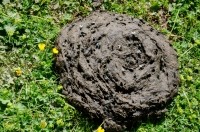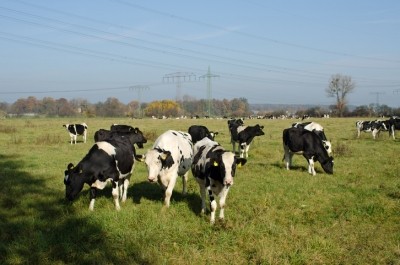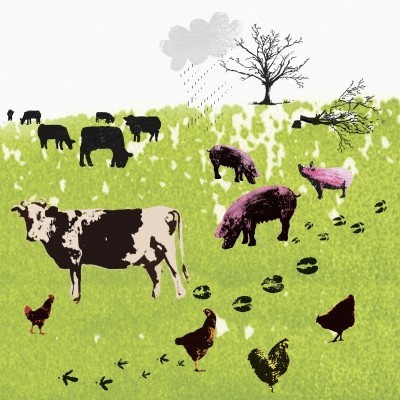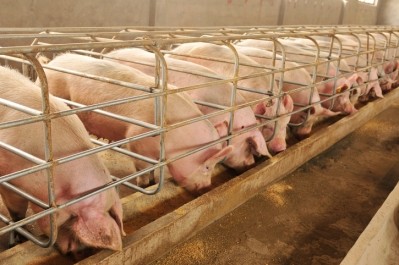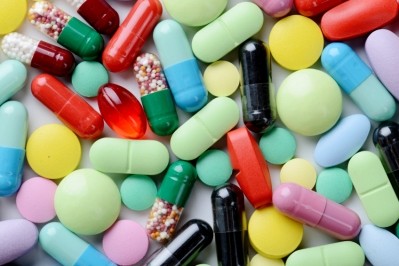Expert says future research should focus on the effect of antibiotics on methane emissions from cow belching
Research shows antibiotics intensify methane emissions
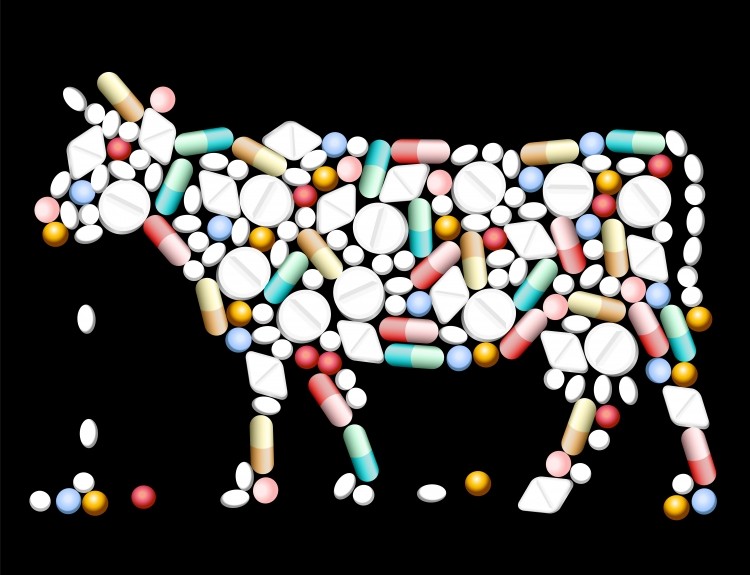
The team treated cattle with a commonly used broad-spectrum antibiotic and assessed downstream effects on microbiota in dung and dung beetles, GHG fluxes from dung, and beetle size, survival and reproduction.
Their results, published in the Proceedings of the Royal Society B, showed antibiotics restructure dung beetle microbiota.
Livestock dung provides a source of nutrients, organic matter and microbes to pasture ecosystems. Dung can also act as a source of pathogens and emit significant quantities of greenhouse gases, including methane. However, these effects can be modified by the diverse communities that inhabit, consume and/or interact with dung, of which dung beetles have been particularly well studied, noted the authors.
But, unexpectedly, the researchers said they also observed the use of antibiotics raised methane fluxes from dung, possibly due to modifying the interactions between methanogenic archaea and bacteria in rumen and dung environments.
"We propose that by specifically suppressing bacteria in the gut and subsequently in dung, antibiotic treatment enables methanogens to out compete bacteria for hydrogen, increasing their concomitant methane output," wrote the international team.
In livestock such as cattle, certain members of the gut microbiota are responsible for producing key GHGs such as methane, nitrous oxide and carbon dioxide. Despite interest in reducing emissions of these microbially mediated GHGs, and the frequent use of antimicrobial compounds in agriculture, the authors said the relationship between the two has not been widely studied.
Consequences of antibiotics on wildlife
The team said their findings indicate routine antibiotic treatment in livestock may have unintended, cascading ecological effects that extend beyond the target animal.
Even if not directly toxic to non-target animals, such drugs may have a range of unanticipated effects by altering the microbiota of both livestock and wildlife, they said.
The authors did not see a link between the antibiotic effect of change in microbiota and a smaller size or lower numbers in the dung beetle (Aphodius fossor L.), an ecologically important group of insects in many environments. When asked what the consequences were for dung beetles of an altered microbiota, lead researcher, Professor Tomas Roslin, Department of Ecology, Swedish University of Agricultural Sciences, told FeedNavigator:
“Our original motivation came from a long-term interest in how dung-living creatures and dung beetles in particular modify fluxes of greenhouse gases from dung. As adult dung beetles mainly feed on the microbial soup-part of the [dung] pats, the natural next question is, then, what happens to them if we tamper with the microbes.
'Improving feed digestibility and use of better feed practices can reduce methane production during digestion,' says UN's Food and Agriculture Organization (FAO).
“Well, what we know for now is that the effects were not strong enough to detectably alter dung beetle reproduction or growth. I emphasize the word detectably, as we only looked at a few features and only at a limited number of beetles during a single summer.
“But overall, I think our main finding is that antibiotics will affect the microbes themselves in both the dung and in the beetles, and these effects translate into [the impact] on [how] the microbes [function], with gas fluxes as a first metric of functioning.
“That should open our eyes to the fact that antibiotics may have knock-on effects on parts of the ecosystem where no one has even thought of looking before.”
Belching challenge
The team has called for analyses at larger scales that take other factors into account such as the relative importance of dung versus belching in gas emissions.
They argue that as the effects of antibiotics apparently derive from microbial interactions within the gut of dairy and beef cattle and likely extend to gas emissions from enteric fermentation as well.
As such, the scientists said future research should focus on the effect of antibiotics on methane emissions from belching: “We know for a fact that the emissions from belching are larger than emissions from dung,” said Roslin.
Asked whether the findings give weight to the idea of implementing an EU wide legislation to ban prophylactic use of antibiotics in cattle, Roslin said the study provides more evidence to support such a proposal, but does not, in itself, suffice as justification for such action.
The authors also call for more data on the global extent and purpose of antibiotic use in livestock production saying improved monitoring and estimates of agricultural antibiotic use will be necessary to identify whether antibiotics may impact the overall contribution of livestock production to global warming.
Finally, further research will also require the unravelling of the ecological interactions between microbes in the gut of livestock, and their susceptibilities to antibiotic disturbance, they added.
Source: Proc. R. Soc. B 20160150.
Title: Treating cattle with antibiotics affects greenhouse gas emissions, and microbiota in dung and dung beetles.
Published online ahead of print: http://dx.doi.org/10.1098/rspb.2016.0150
Authors: Hammer TJ, Fierer N, Hardwick B, Simojoki A, Slade E, Taponen J, Viljanen H, Roslin T
